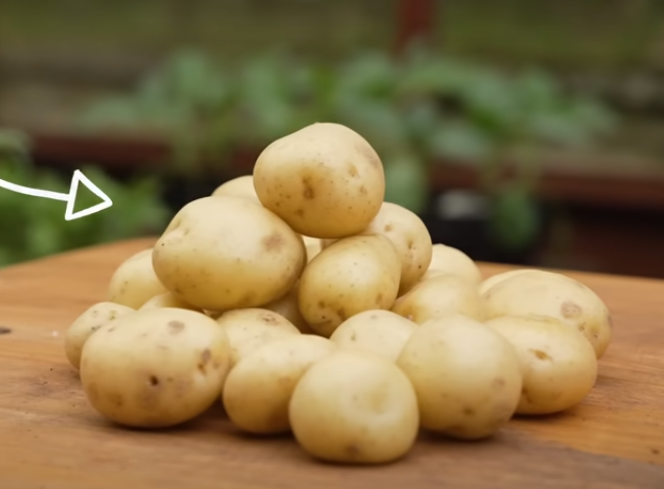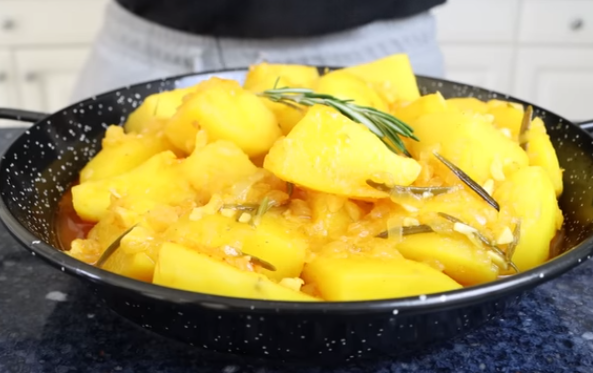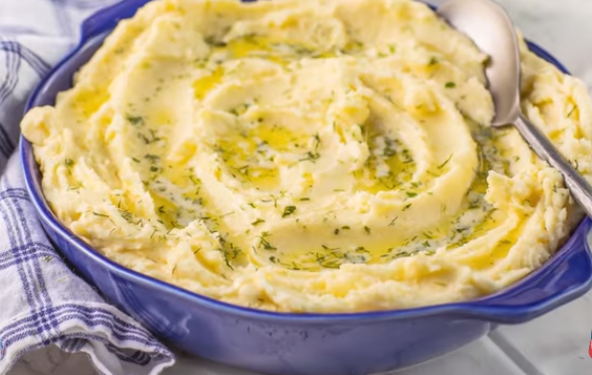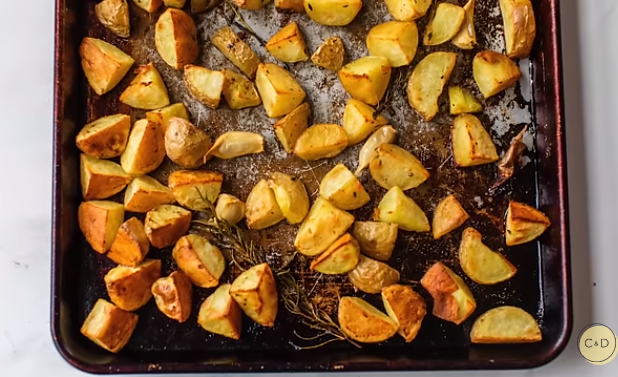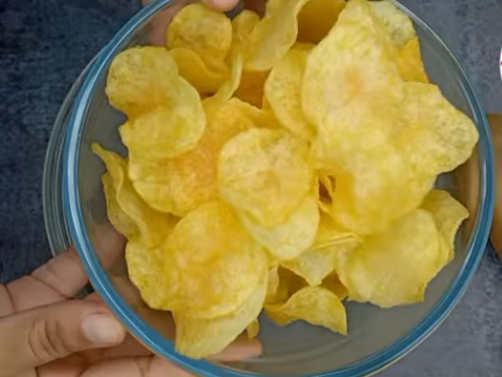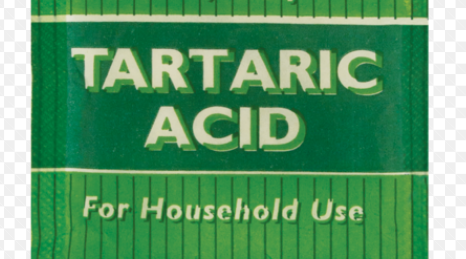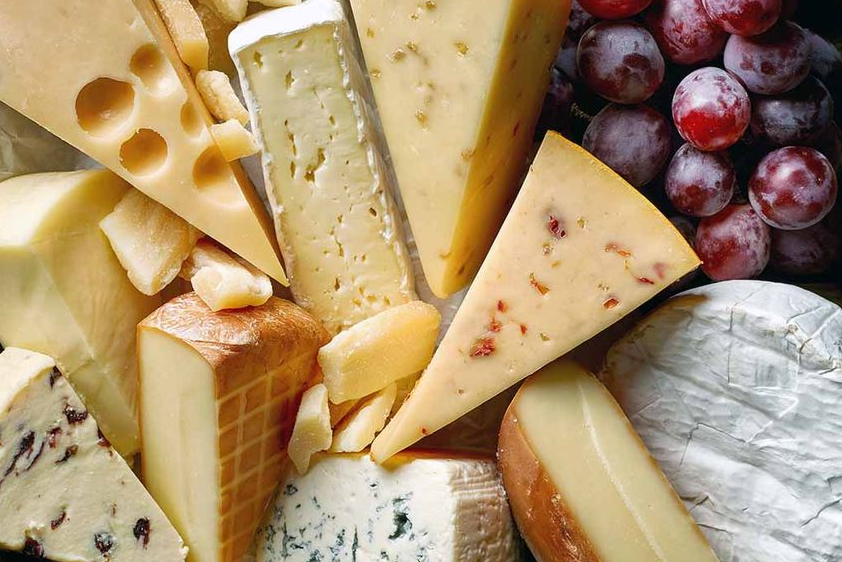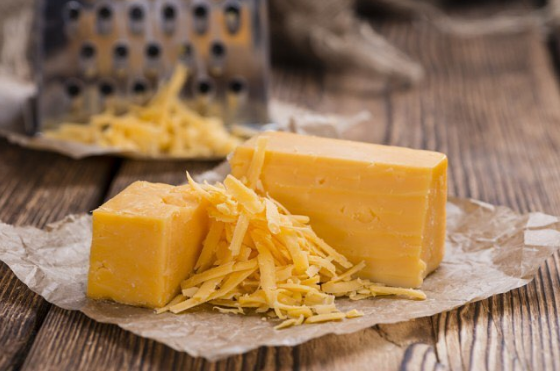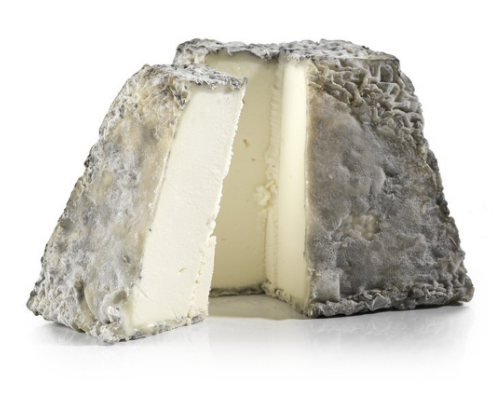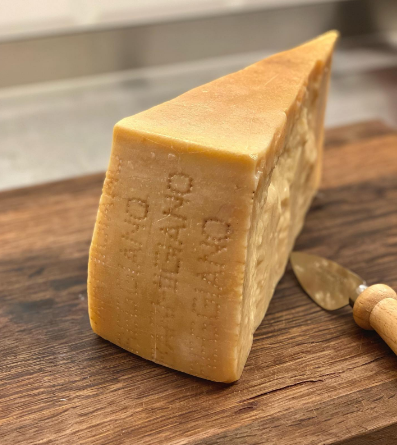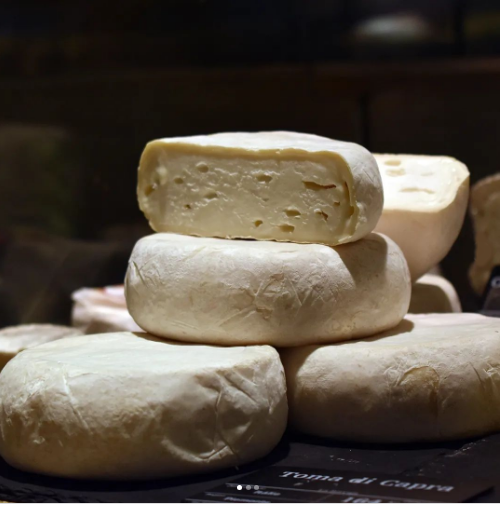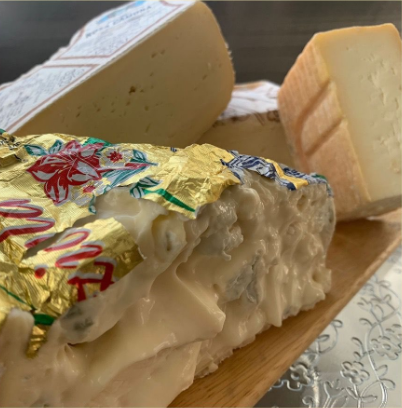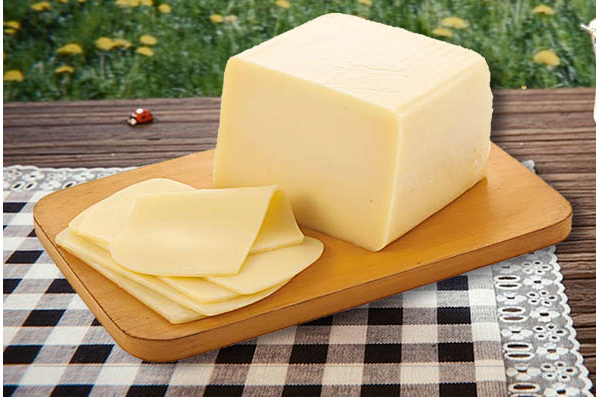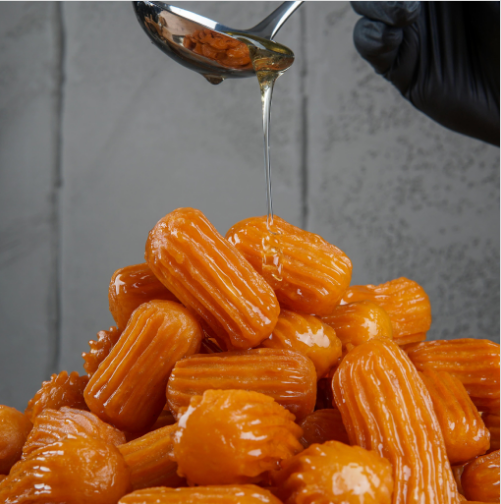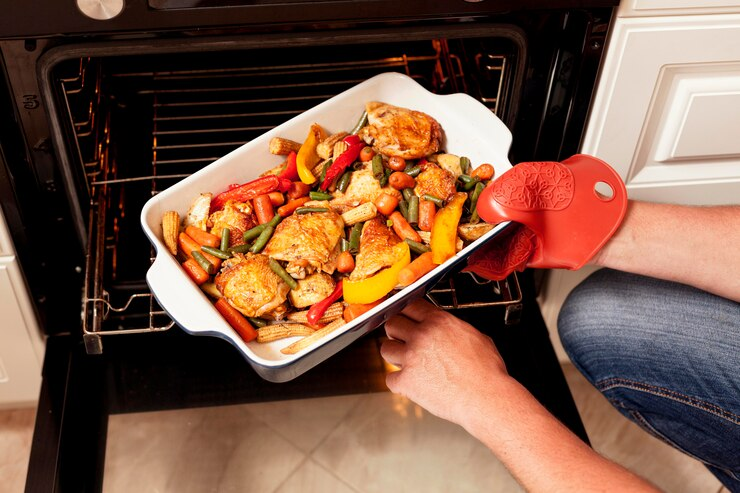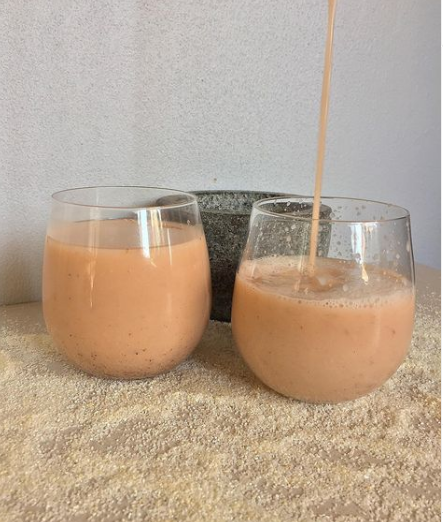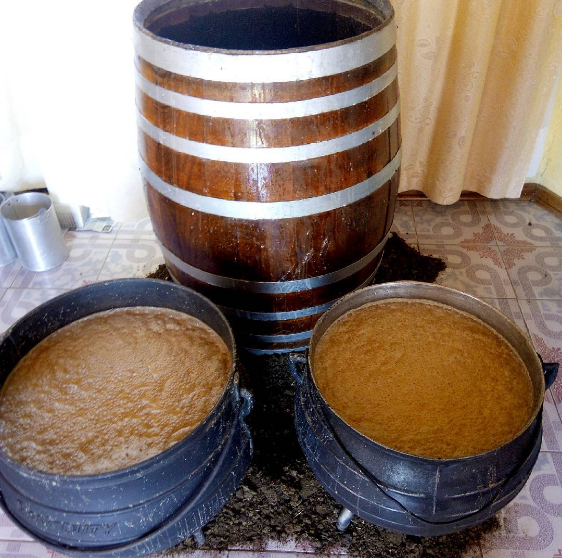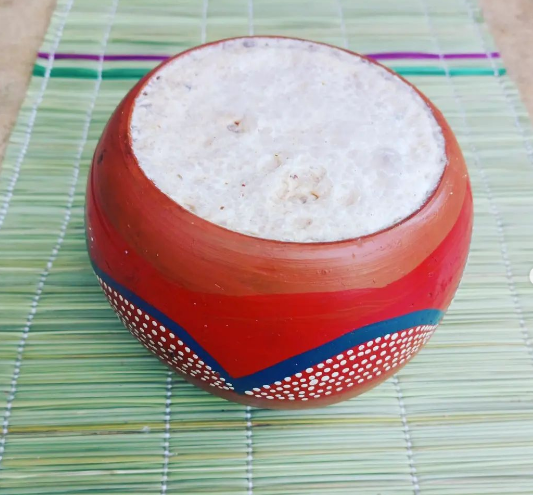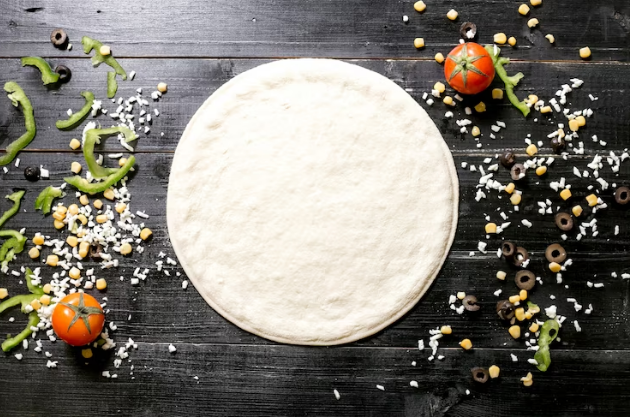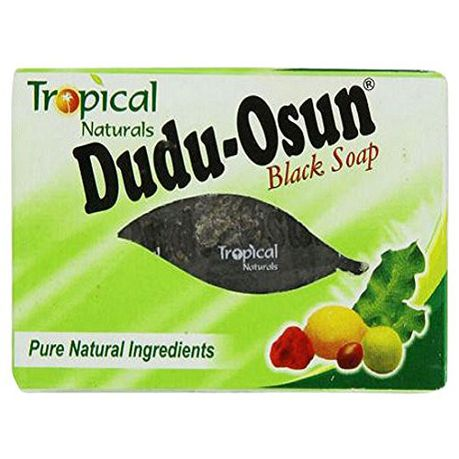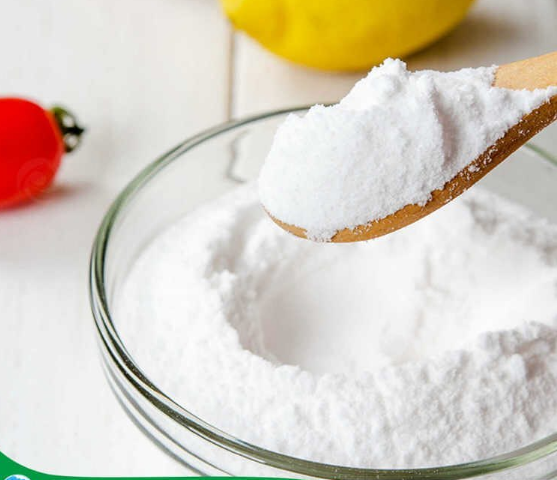
Bicarbonate of soda, commonly known as baking soda, is a household staple that transcends its role as a mere leavening agent in baking. This white crystalline powder has found its way into countless homes due to its versatility and myriad of uses.
Exploring 22 Household Uses of Bicarbonate of Soda
From cooking and cleaning to personal care and health remedies, bicarbonate of soda proves to be a budget-friendly, eco-friendly, and multipurpose solution. In this article, we will explore the various applications and benefits of this humble yet powerful substance:
1. Bicarbonate of Soda For Baking:
One of the most well-known uses of bicarbonate of soda is as a leavening agent in baking. It reacts with acidic ingredients like vinegar or buttermilk, producing carbon dioxide gas, which causes dough or batter to rise. This property makes it an essential ingredient in cakes, cookies, and quick bread recipes, contributing to their light and fluffy texture.
2. Bicarbonate of Soda Household Cleaning:
Bicarbonate of soda is a natural and effective cleaning agent, replacing many commercially available cleaning products. Its mild abrasive properties make it ideal for scrubbing surfaces, removing stains, and deodorizing. Mix it with water to form a paste and use it to clean sinks, countertops, and even tough-to-clean appliances. Additionally, it can be used to freshen up carpets, eliminate odors from refrigerators, and even unclog drains when combined with vinegar.
3. Bicarbonate of Soda For Deodorizing:
The absorbent nature of bicarbonate of soda makes it an excellent deodorizer. Place an open box in the refrigerator to neutralize odors or sprinkle it on carpets before vacuuming to eliminate unpleasant smells. It can also be used in shoes or closets to absorb and neutralize unwanted odors, leaving the spaces smelling fresh.
4. Bicarbonate of Soda For Personal Care:
Bicarbonate of soda can be incorporated into personal care routines for various benefits. It can act as a gentle exfoliant for the skin when mixed with water, helping to remove dead skin cells and unclog pores. As a natural deodorant, it neutralizes odor without the use of harsh chemicals. Additionally, it can be added to bathwater to soothe skin irritations and promote relaxation.
5. Bicarbonate of Soda Health Remedies:
Beyond its role in the kitchen and home, bicarbonate of soda has been explored for its potential health benefits. Some people use it as an antacid to relieve heartburn or indigestion by mixing a small amount with water. It is important to note that excessive consumption of bicarbonate of soda can have adverse effects, so it should be used with caution and under the guidance of a healthcare professional.
6. Bicarbonate of Soda Fire Extinguising Flames:
In emergencies, bicarbonate of soda can be used as a quick and temporary fire extinguisher for small grease or electrical fires. It releases carbon dioxide when heated, which helps smother the flames. However, it's essential to remember that it is not a substitute for a proper fire extinguisher, and safety precautions should always be taken.
7. Bicarbonate of Soda For Teeth
Bicarbonate of soda, commonly known as baking soda, has gained popularity for its dental benefits. Its mild abrasive properties make it an effective and natural toothpaste alternative. When used in moderation, bicarbonate of soda can help remove surface stains on teeth, brightening the smile. Additionally, its alkaline nature may contribute to maintaining a balanced oral pH, reducing the risk of tooth decay and gum disease. Some people mix a small amount of baking soda with water to create a homemade toothpaste or use it as an occasional addition to their regular toothpaste. However, it's essential to consult with a dentist before incorporating bicarbonate of soda into a dental care routine to ensure it aligns with individual oral health needs.
8. Bicarbonate of Soda For Heartburn
Bicarbonate of soda, or baking soda, has been recognized for its potential to alleviate heartburn symptoms. Its alkaline nature can neutralize stomach acid when ingested, providing temporary relief from the discomfort associated with heartburn and acid reflux. However, it's crucial to use bicarbonate of soda cautiously and sparingly, as excessive consumption may lead to electrolyte imbalances and other health issues. It's advisable to consult with a healthcare professional before using bicarbonate of soda as a remedy for heartburn, as they can provide personalized advice based on individual health conditions and dietary considerations. Additionally, ongoing or severe heartburn should be addressed with a healthcare provider to identify and manage the underlying causes.
9. Bicarbonate of Soda For Armpits
Bicarbonate of soda, known as baking soda, can also find a place in your personal care routine, particularly as a natural deodorant for the armpits. Its ability to neutralize odors makes it an appealing alternative to commercial deodorants that may contain potentially harmful chemicals. Mixing a small amount of bicarbonate of soda with water to form a paste can help control underarm odor. Some individuals even choose to add a few drops of essential oils for a pleasant fragrance. However, it's important to note that bicarbonate of soda might be abrasive for some skin types, leading to irritation. It's advisable to perform a patch test first and discontinue use if any adverse reactions occur. As with any personal care product, individual preferences and skin sensitivities should be taken into consideration, and consulting with a dermatologist is recommended for personalized advice.
10. Bicarbonate of Soda For Constipation
While bicarbonate of soda, or baking soda, is not a conventional remedy for constipation, some people use it occasionally to help alleviate mild symptoms. Its alkaline nature may promote the release of carbon dioxide in the stomach, which, in theory, could lead to burping and potentially relieve some gas-related discomfort associated with constipation. However, it's crucial to approach this with caution, as ingesting large amounts of bicarbonate of soda can have adverse effects on your overall health, including electrolyte imbalances. Constipation should be addressed through dietary changes, increased water intake, and other lifestyle modifications. If persistent or severe, it's essential to consult with a healthcare professional for appropriate guidance and treatment options. Using bicarbonate of soda for constipation should be done under the supervision of a healthcare provider to avoid potential complications.
11. Bicarbonate of Soda On Plants
Bicarbonate of soda, or baking soda, can be employed in gardening and plant care with several potential benefits. Its alkaline nature makes it useful for balancing soil pH levels, especially in acidic soils. Sprinkling a small amount of baking soda around certain plants, such as tomatoes, can help prevent the development of fungal diseases like powdery mildew. However, it's crucial to use bicarbonate of soda sparingly and avoid direct contact with plant leaves during hot and sunny periods, as it may cause leaf burn. Additionally, using it excessively can alter soil pH to levels that are unfavorable for some plants. As with any gardening practice, it's advisable to conduct thorough research and consult with horticulture experts to ensure proper usage and avoid unintended consequences on plant health.
12. Bicarbonate of Soda On Mattresses
Bicarbonate of soda, also known as baking soda, can be a handy solution for refreshing and deodorizing a mattress. Its absorbent properties make it effective in neutralizing odors and absorbing moisture, helping to eliminate the musty smell that mattresses can sometimes develop. To use, simply sprinkle a thin layer of baking soda over the mattress surface, allowing it to sit for at least 15-20 minutes. This provides enough time for the baking soda to absorb odors. Afterward, vacuum the mattress thoroughly to remove the baking soda residue. This simple and natural method can be particularly useful for tackling common odors such as sweat, spills, or general mustiness, providing a cost-effective alternative to commercial mattress fresheners.
13. Bicarbonate of Soda On Skin
Bicarbonate of soda, or baking soda, can serve various skincare purposes due to its mild exfoliating and pH-balancing properties. When used in moderation, it can act as a gentle exfoliant, helping to slough off dead skin cells and promote a smoother complexion. A paste made with baking soda and water can be applied to areas of rough or dry skin, but caution should be exercised to avoid irritation, especially for individuals with sensitive skin. Additionally, its alkaline nature may help balance the skin's pH, potentially aiding in the treatment of certain skin conditions. However, it's crucial to perform a patch test before applying baking soda to the entire face or body to ensure compatibility with individual skin types. Consulting with a dermatologist is advisable to determine the best skincare routine for specific needs and concerns.
14. Bicarbonate of Soda On Clothes
Bicarbonate of soda, commonly known as baking soda, can be a versatile addition to your laundry routine. Its natural deodorizing and stain-removing properties make it an excellent laundry aid. Adding a half cup of baking soda to your laundry can help neutralize odors in clothes and linens, especially for items that are prone to retaining smells, such as gym clothes or kitchen towels. It also acts as a mild abrasive, assisting in the removal of stains and boosting the effectiveness of laundry detergents. Additionally, for those with sensitive skin, adding baking soda to the wash can help rinse away detergent residues, providing a gentler option for clothing. However, it's essential to be mindful of the fabric type and color, as baking soda may have abrasive effects on delicate fabrics and could potentially fade colors over time.
15. Bicarbonate of Soda On Meat
Bicarbonate of soda, or baking soda, can be employed in meat preparation for specific culinary purposes. When used in moderation, it can act as a tenderizing agent, breaking down proteins in tougher cuts of meat and making them more palatable. A simple marinade consisting of bicarbonate of soda, along with other complementary ingredients like salt and acidic components, can help improve the texture of meats, particularly for dishes like stir-fries or certain cuts of beef. However, it's crucial to use baking soda sparingly, as excessive amounts can result in an undesirable soapy taste and alter the natural flavors of the meat. Additionally, it is advisable to follow recommended guidelines and consult reliable recipes to ensure proper usage without compromising the overall quality of the dish.
16. Bicarbonate of Soda On Carpets
Bicarbonate of soda, commonly known as baking soda, can be a useful ally in maintaining the freshness of carpets. Its absorbent and deodorizing properties make it effective in neutralizing odors and absorbing moisture from carpets. To refresh your carpets, simply sprinkle a generous amount of baking soda evenly across the carpet surface, allowing it to sit for at least 15-30 minutes. This provides ample time for the baking soda to absorb unwanted odors, including pet smells and musty scents. Afterward, vacuum the carpet thoroughly to remove the baking soda residue along with the trapped odors. This simple and natural method can be particularly beneficial for households looking to eliminate common carpet odors without resorting to chemical-laden commercial carpet fresheners.
17. Bicarbonate of Soda For Your Shoes
Bicarbonate of soda, or baking soda, can be a game-changer when it comes to combating odors in shoes. Its natural deodorizing properties help absorb moisture and neutralize unpleasant smells. To freshen up your shoes, sprinkle a small amount of baking soda inside each shoe and let it sit overnight. The baking soda works to absorb odors, leaving your shoes smelling fresher the next day. Additionally, you can place baking soda in a small pouch or sock and leave it inside the shoes when not in use to maintain a fresh scent. This simple and cost-effective method is an excellent alternative to commercial shoe deodorizers, offering a natural solution to keep your footwear smelling clean and pleasant.
18. For Rubbish Bin Smells
Bicarbonate of soda, also known as baking soda, proves to be a simple yet effective solution for combating unpleasant odors in rubbish bins. Its natural deodorizing properties help neutralize and absorb foul smells emanating from kitchen waste. To use, sprinkle a generous amount of baking soda at the bottom of the rubbish bin or directly onto the trash before inserting a new bag. This can help absorb moisture and eliminate odors, keeping your bin smelling fresh between cleanings. Regularly replenishing the baking soda will ensure its continuous effectiveness. This approach is not only budget-friendly but also an eco-friendly alternative to chemical-laden air fresheners, providing a natural way to maintain a pleasant environment in your kitchen.
19. For Clogged Drains
Bicarbonate of soda, or baking soda, can be a helpful DIY solution for clearing clogged drains. When combined with vinegar, it creates a fizzy reaction that can help break down grease, grime, and other blockages in pipes. Start by pouring a cup of baking soda down the drain, followed by a cup of vinegar. Let the mixture sit for about 15 minutes, allowing it to work on loosening the clog. Finally, flush the drain with hot water. This natural and non-corrosive method is particularly useful for mild clogs and can be a cost-effective alternative to commercial drain cleaners. However, for more stubborn clogs, it's advisable to consult a professional plumber to avoid potential damage to the pipes.
20. For Mildew in Your Bathroom
Bicarbonate of soda, commonly known as baking soda, can be a powerful and natural solution for combating mildew in your bathroom. Its antimicrobial and alkaline properties make it effective in inhibiting the growth of mold and mildew. Create a paste by mixing baking soda with water and apply it to mildew-prone areas such as tiles, grout, or shower curtains. Allow it to sit for a short period before scrubbing the surface with a brush or sponge. Baking soda not only helps remove existing mildew but also acts as a preventive measure against future growth. Its non-toxic nature makes it a safe alternative to chemical-laden cleaning products, providing a budget-friendly and eco-friendly solution for maintaining a clean and mildew-free bathroom environment.
21. For Cleaning Fruits and Vegetables
Bicarbonate of soda, or baking soda, can be employed as a natural and cost-effective method for cleaning fruits and vegetables. Its mild abrasive properties make it effective in removing surface residues, pesticides, and waxes from produce. To use, mix a small amount of baking soda with water to create a solution, then soak fruits and vegetables in the mixture for a few minutes before rinsing thoroughly. This process can help reduce the presence of potential contaminants and enhance the cleanliness of your produce. However, it's essential to be mindful of the type of produce and its sensitivity to abrasion, as some fruits and vegetables may be more delicate and could be damaged by excessive scrubbing. Always rinse thoroughly after using baking soda to ensure the removal of any residue.
22. For Your Refrigerator
Bicarbonate of soda, commonly known as baking soda, is a fantastic ally in keeping your refrigerator smelling fresh and clean. Its natural deodorizing properties make it an effective odor absorber. Simply place an open box or a small dish of baking soda on a shelf within your refrigerator to neutralize any unpleasant odors caused by food, spills, or lingering smells. The baking soda will act as a sponge, absorbing and eliminating unwanted scents, ensuring that your fridge remains odor-free. It's a simple and eco-friendly solution that can be replaced every few months for continued effectiveness, providing a cost-efficient and natural alternative to commercial refrigerator deodorizers.
Conclusion
Bicarbonate of soda, with its countless applications, proves to be a versatile and indispensable household item. From enhancing culinary creations to serving as a potent cleaning agent and contributing to personal care routines, its uses are vast and varied. As we continue to explore sustainable and natural alternatives, bicarbonate of soda stands out as a reliable and eco-friendly solution that has stood the test of time.
